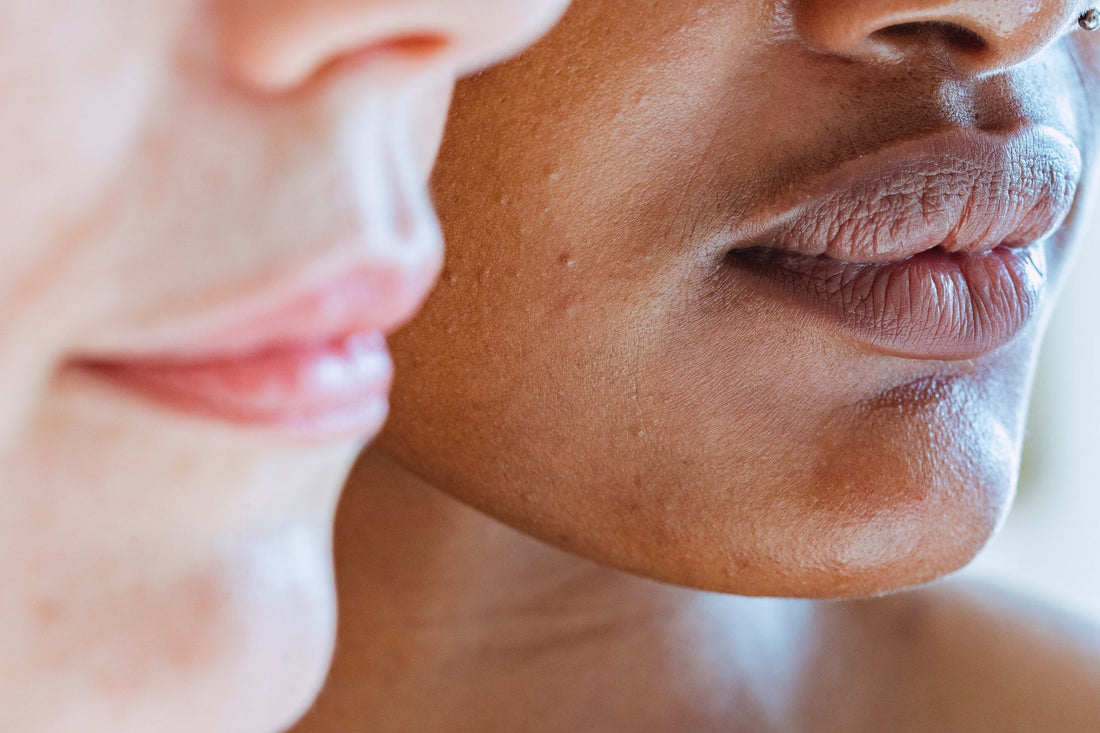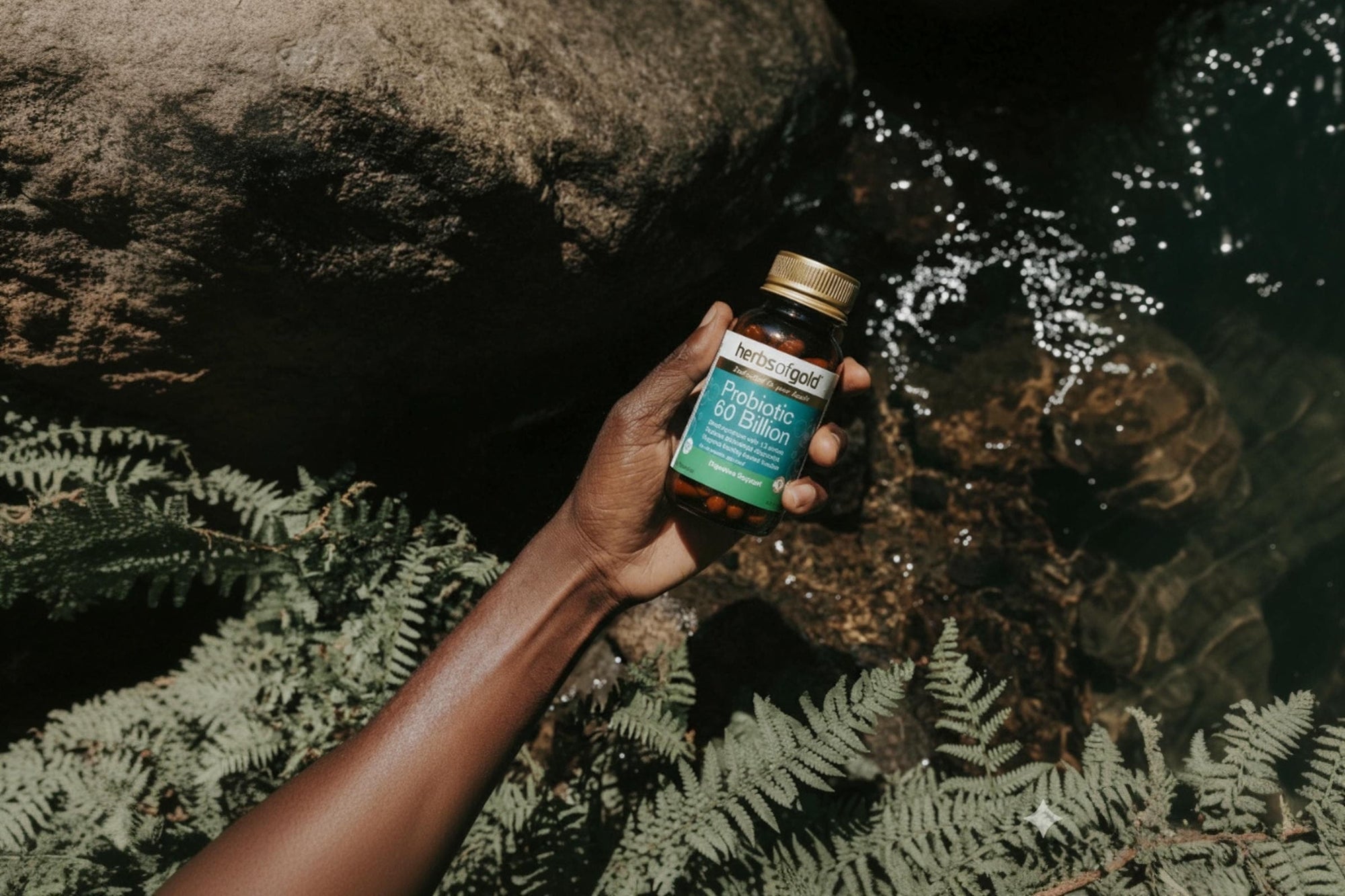
The difference between collagen and silica
Share
Connective tissue
Connective tissue can be found in many different areas of your body, other than your hair, skin and nails, including:
- Cartilage that protects bones from rubbing against each other in your joints
- Ligaments that connect bones to bones at joints
- Tendons that attach and anchor muscles to a bone
- Bone that provides a strong structural framework for your body
- Teeth that allow you to chew and breakdown foods for healthy digestion
Collagen
Collagen provides tensile strength, firmness and stability to connective tissue and is the most abundant protein found in your body, making up around 30% of your total body protein. Collagen fibres are made up of three different amino acid building blocks, glycine, proline and hydroxyproline, that intertwine together, much like a strongly braided rope. Collagen holds you together by supporting and connecting different structures in your body, giving you ‘architectural strength’, like bricks and mortar in a building.
Collagen can be either native or hydrolysed. Native collagen has very large molecules that make it difficult for the body to absorb efficiently. Hydrolysed collagen (collagen peptides) has very small molecules that are efficiently absorbed into the bloodstream.
There are over 20 types of collagen, however type I and type III make up around 90% of collagen found in your body. Fish collagen, derived from the skin, scales or bones of fish, is almost exclusively derived from type I collagen. Bovine collagen, derived from cow hide, is derived from type I and III collagen. Both fish and bovine collagen are hydrolysed in the same manner to create collagen peptides, and both are well absorbed in your body. See more Collagen,
Silica
Your body contains around 7g of silica, concentrated mainly in your skin, bones, hair, tendons and blood vessels. When you’re young, you naturally have higher levels of both collagen and silica, and this is reflected in your firm skin and flexible joints. Silica is required for the production of collagen, and as you age, both collagen and silica levels begin to decline. Silica supports connective tissue health including bones, hair, skin elasticity and structure, and nails. See more Silica Hair Skin & Nails.
